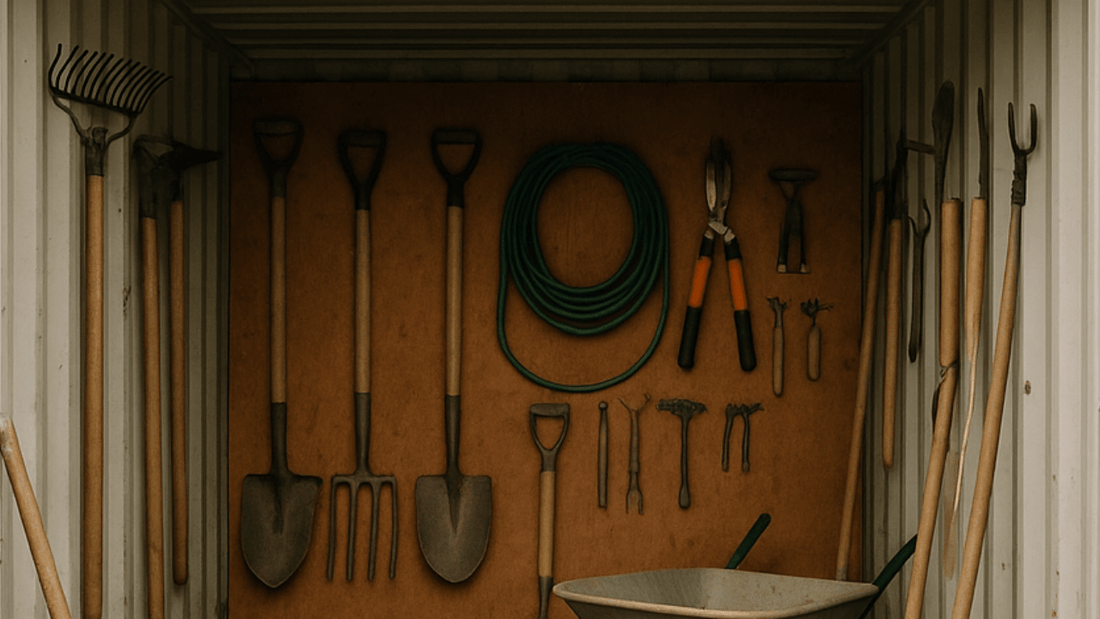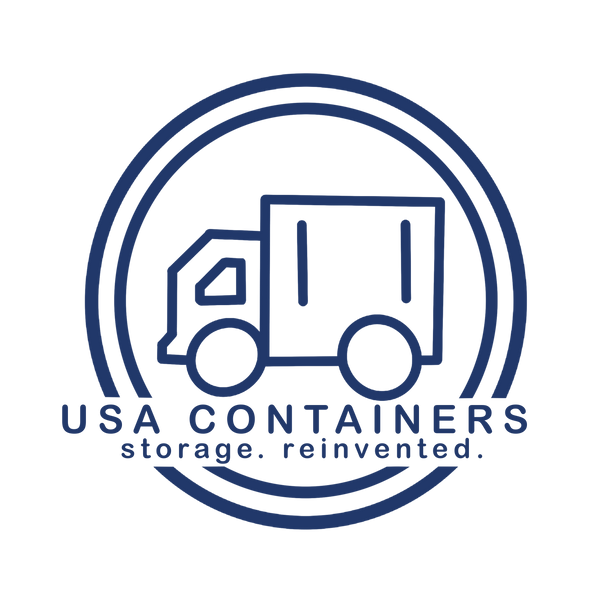
How to Turn a Shipping Container Into the Ultimate Backyard Shed
Share
Looking for a tough, spacious, and low-maintenance storage solution? A shipping container shed might be exactly what your backyard needs. Whether you're a weekend DIYer, a serious gardener, or just someone tired of tripping over tools in the garage, repurposing a shipping container as a shed is a modern solution that combines form and function.
In this article, we’ll break down the pros and cons, what to look for when buying a container, and how to make your shipping container shed work for your needs.
What Is a Shipping Container Shed?
A shipping container shed is exactly what it sounds like—a used or new (one-trip) shipping container repurposed into a backyard shed. Originally designed to withstand the harsh conditions of international shipping, these containers are durable, weather-resistant, and nearly indestructible.
The most common sizes are 20-foot and 40-foot containers, offering anywhere from 160 to 320 square feet of usable space—plenty of room for tools, bikes, lawn equipment, or even a full-on workshop.
Why Use a Shipping Container as a Shed?
1. Durability
Let’s start with the obvious: these things are built to last. Shipping containers are made from weathering steel (also called COR-TEN steel), which is designed to resist corrosion in even the toughest conditions. They can handle heavy loads, high winds, and extreme temperatures better than traditional wooden sheds.
2. Security
If you’re storing valuable tools, bikes, or machinery, security is probably a top concern. With a shipping container, you’re basically putting your gear inside a giant steel safe. Add a heavy-duty lock and your belongings are far more secure than in a typical wood or resin shed.
3. Cost-Effective
Compared to building a shed from scratch or buying a prefab one of similar size, a used or new (one-trip) shipping container can be surprisingly affordable.
4. Low Maintenance
Once your container is in place, it requires minimal upkeep. Just make sure the roof stays clear of debris and rust spots are treated quickly.
5. Quick Setup
You can have your container delivered and set up in a single afternoon. No weeks of construction or complicated permits (though you should always check your local zoning laws first).
How to Customize Your Shipping Container Shed
The best thing about a shipping container shed is that it’s a blank slate. With a little creativity—and maybe some basic carpentry or handyman skills—you can customize it to meet your needs perfectly.
Insulation and Ventilation
If you plan to spend time inside your shed (as a workshop, for example), consider insulating the walls and ceiling. Spray foam insulation works well and helps regulate the temperature. Adding vents or an exhaust fan can improve airflow and reduce humidity.
Doors and Windows
Most shipping containers come with cargo doors on one end, but you can also add a man door or roll-up door for easy access. Windows can bring in natural light and make the space feel less industrial.
Flooring
Container floors are made from marine-grade plywood, but you can easily add another layer of flooring on top of the plywood for a smoother, more aesthetic finish.
Shelving and Storage
Add shelves, hangers, and hooks to organize tools and maximize vertical space. Shipping containers are tall enough to install overhead storage racks, too.
Electricity
Want to plug in power tools or lighting? Hire a licensed electrician to wire your container for electricity. You can also install solar panels for an off-grid setup.
Where to Buy a Shipping Container
Look for reliable suppliers like USA Containers. When buying, consider:
-
Condition: “One-trip” containers are like-new and in excellent shape. “Wind and watertight/cargo-worthy” containers will show more signs of wear, but are still in good condition.
-
Size: A 20-foot container is usually sufficient for most residential uses. A 40-footer gives you more storage but requires more space.
-
Delivery: Make sure your property is accessible for delivery with tilt-bed trailer.
Things to Consider Before You Buy
1. Zoning and Permits
Always check with your city or county before placing a shipping container on your property. Some areas may have restrictions on accessory structures, size limits, or require building permits.
2. Foundation
Containers can sit directly on the ground, but it’s better to place them on a level base such as gravel, concrete blocks, or railroad ties. This prevents rust and improves drainage.
3. Moisture Control
In areas of high humidity, consider adding additional vents, desiccant packs, or a dehumidifier if needed.
4. Appearance
Let’s be honest—shipping containers can look a bit industrial. Painting the exterior to match your home or adding some landscaping (like climbing plants or a wooden facade) can help it blend in better with your backyard.
Is a Shipping Container Shed Right for You?
If you’re looking for a durable, spacious, and secure storage solution that’s relatively low-cost and quick to set up, a shipping container shed is a smart move. It’s a great fit for homeowners who need a rugged workspace or tool storage area.
Fill out the form below for a free shipping container quote from USA Containers:
